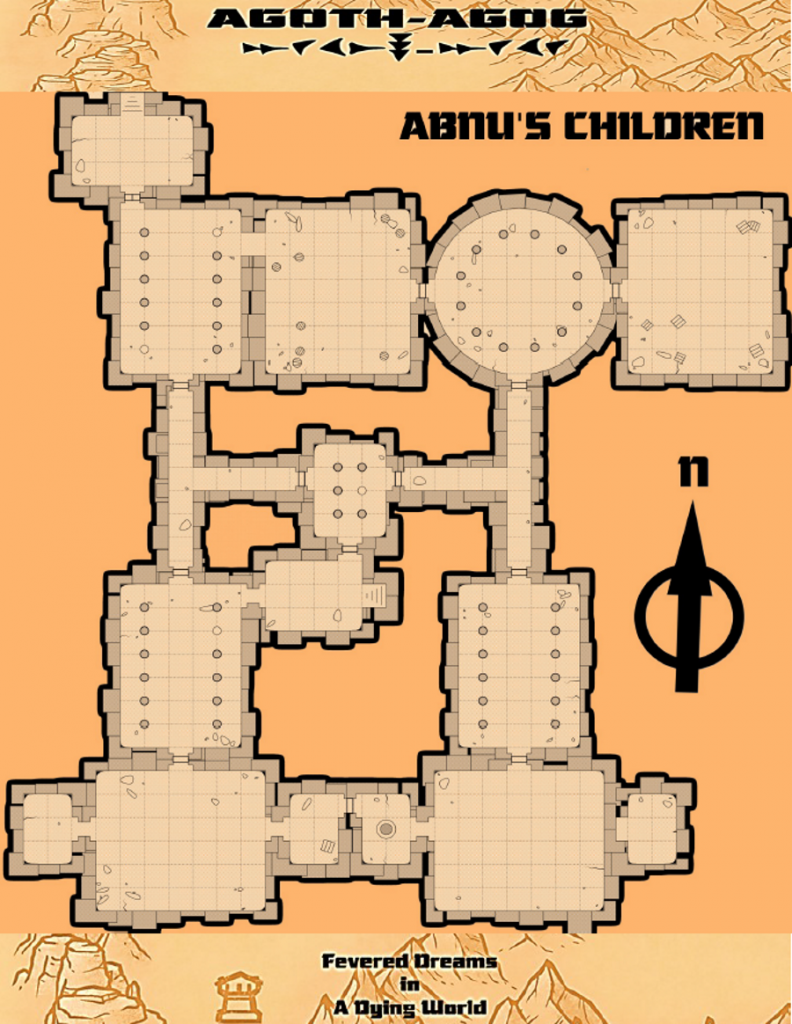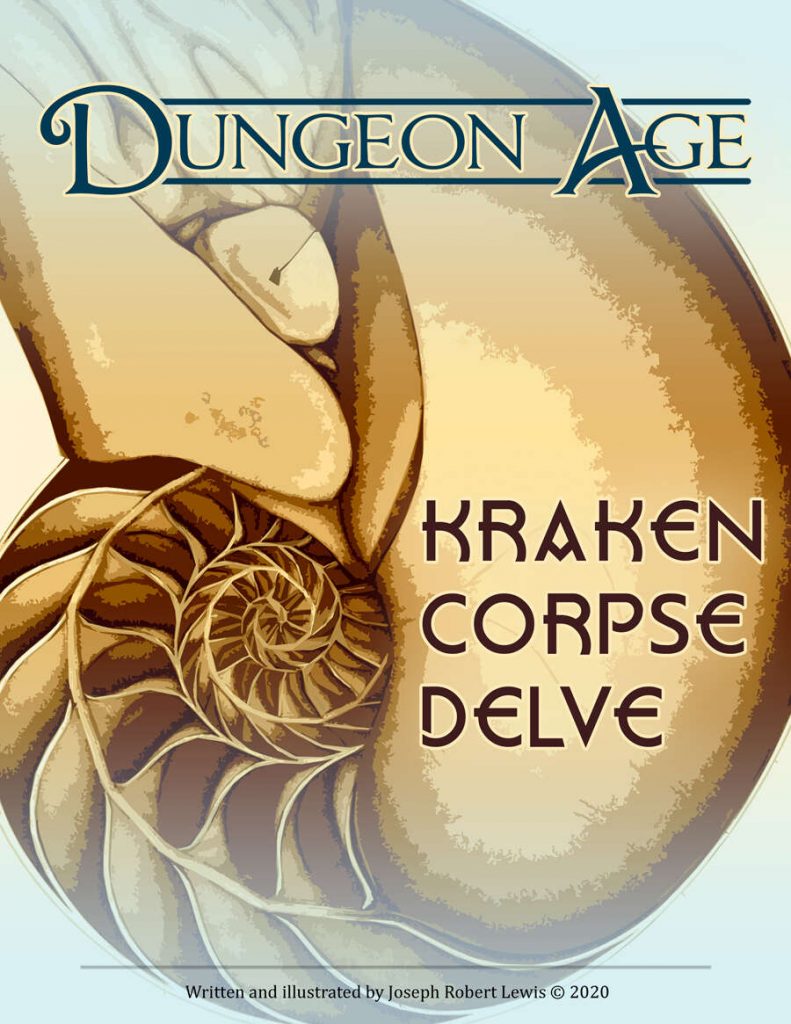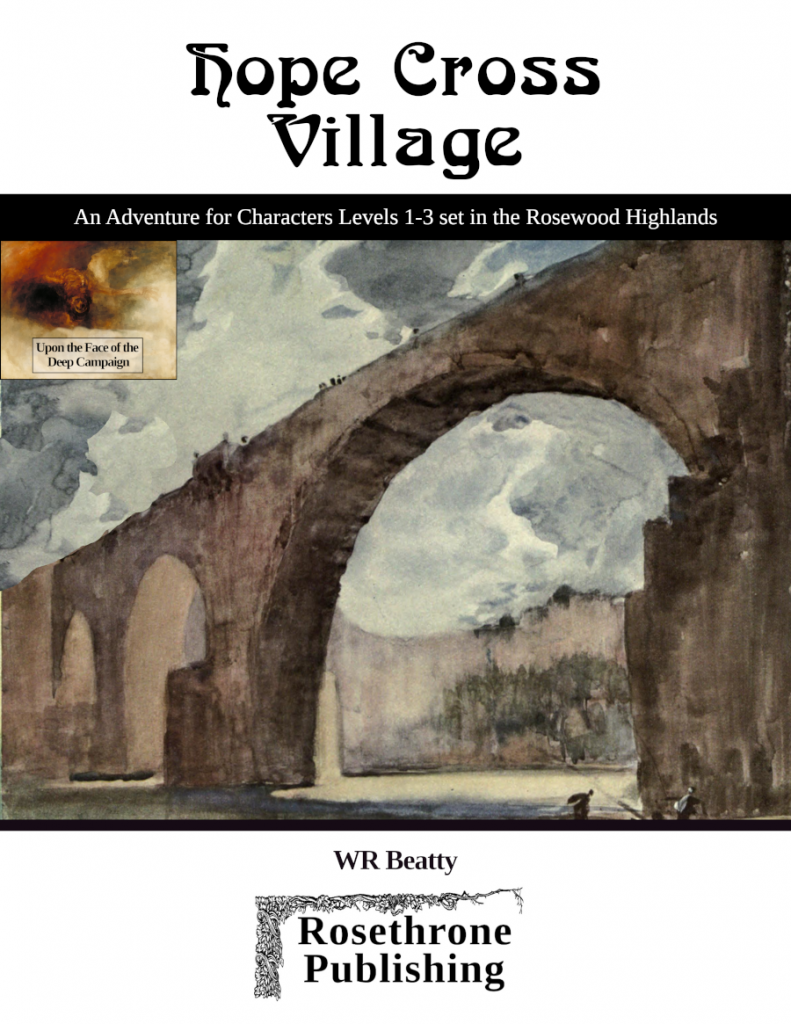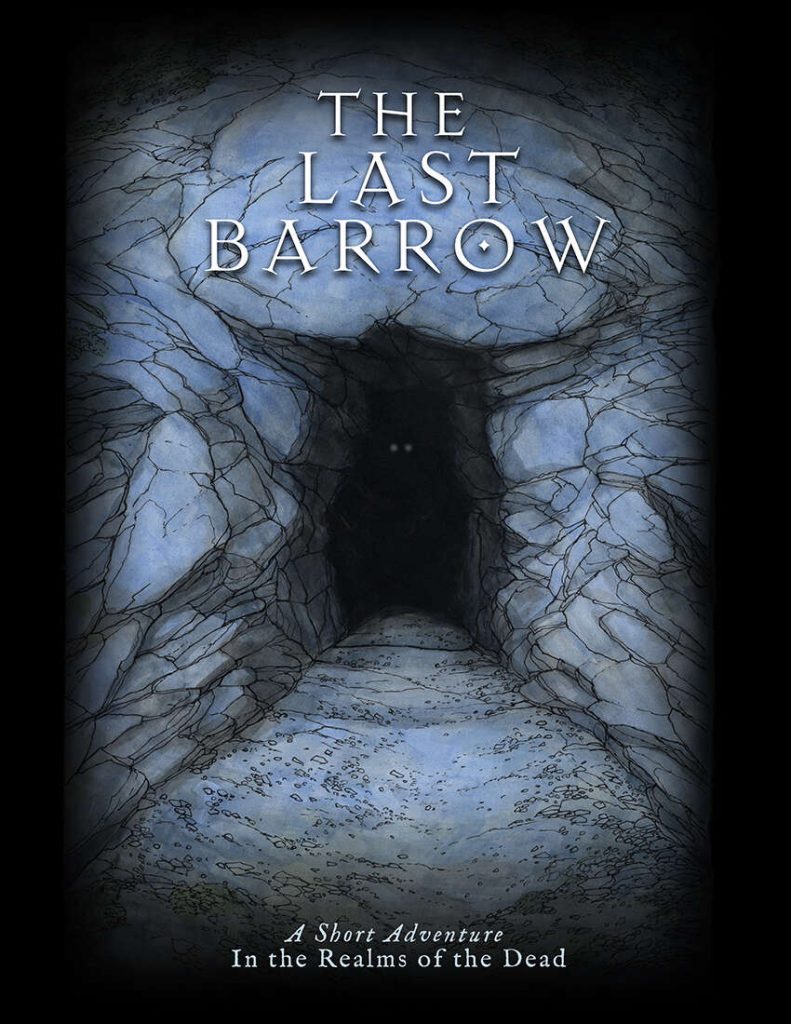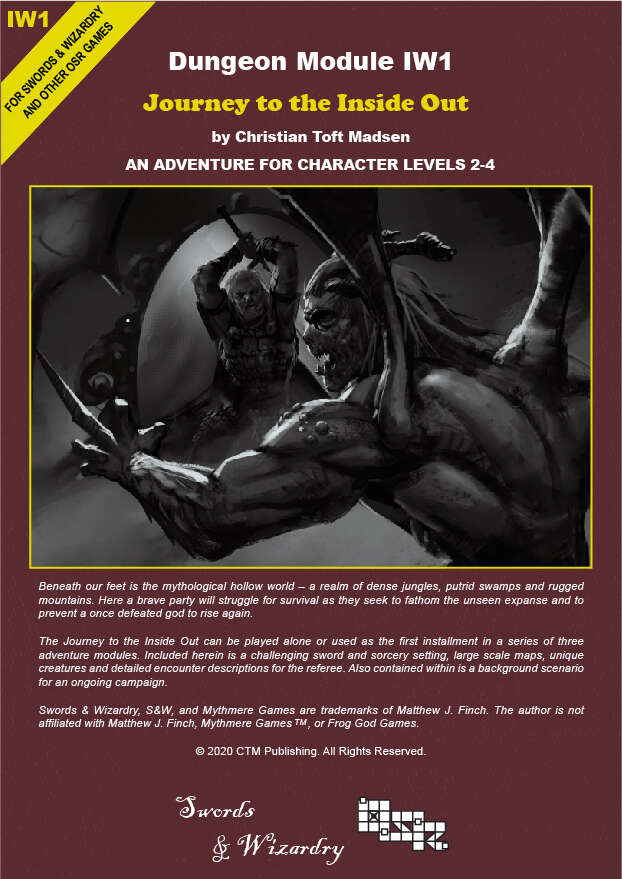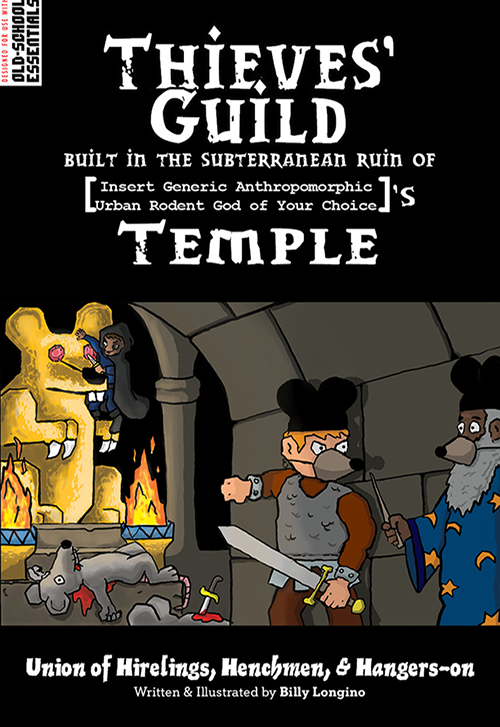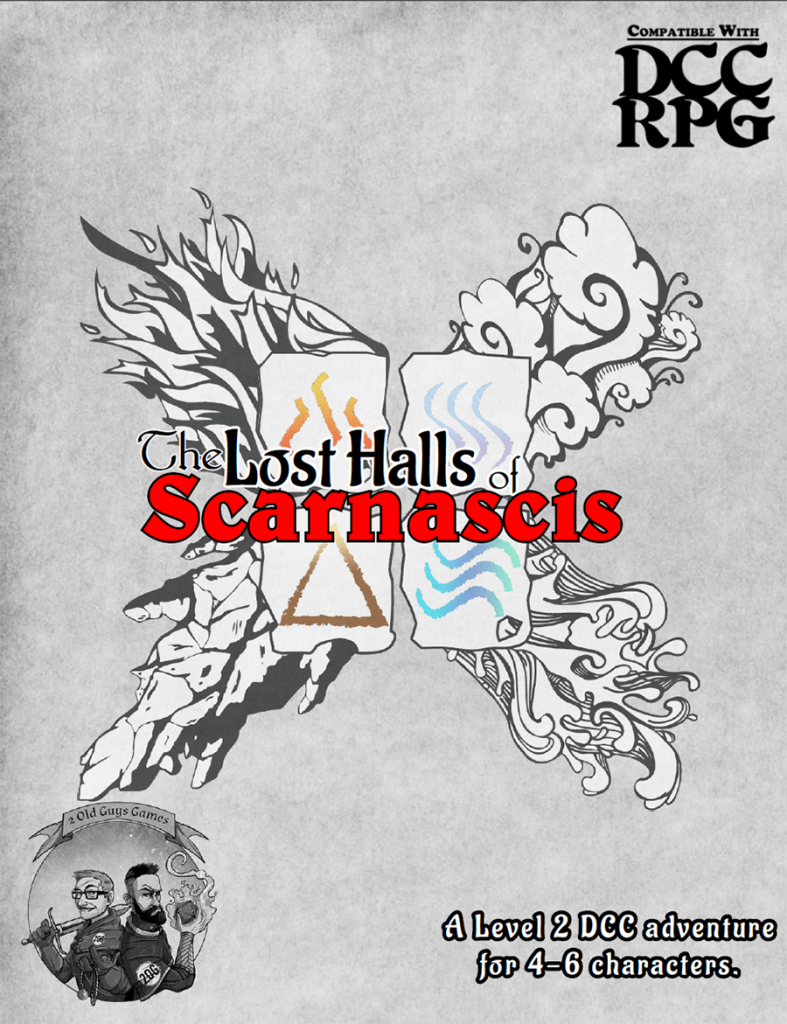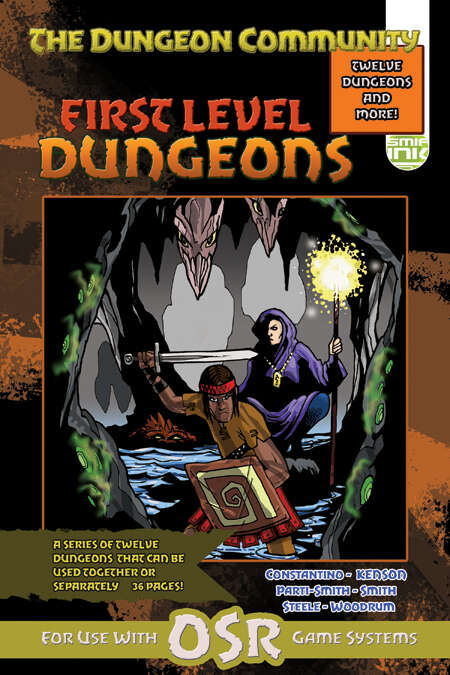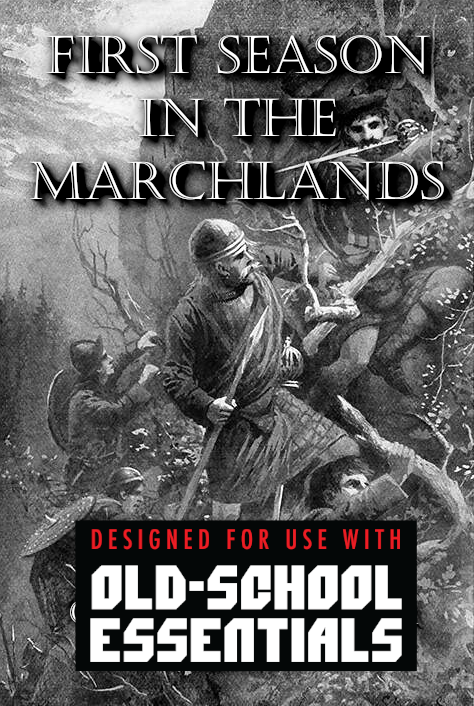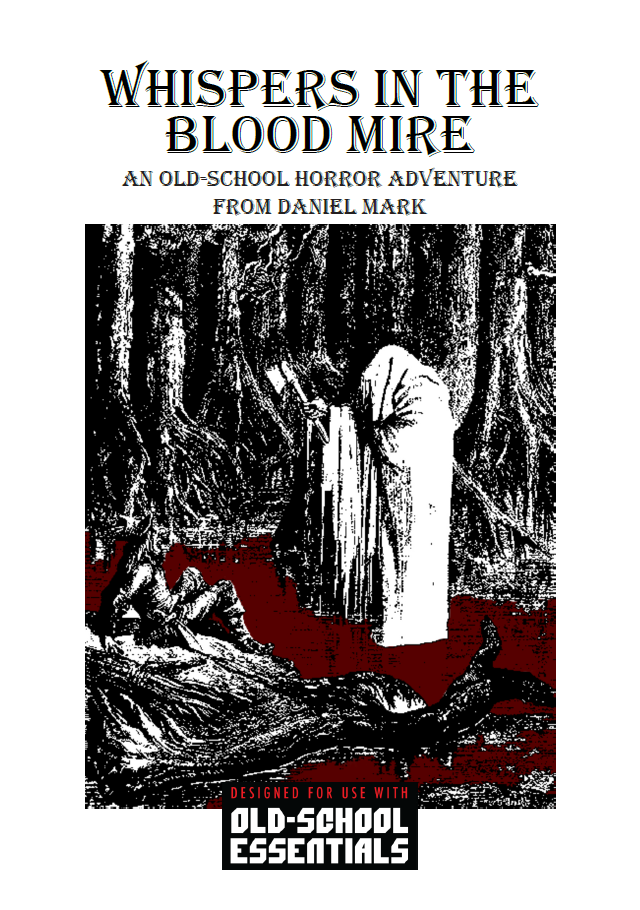
By Daniel Mark Little Maker Press OSE Level 1
For generations, the small village of Edgemere has held a tenuous balance with the Blood Mire. Children grew up knowing the folk tales and warnings about wandering out past the walls alone or at night, about a temple that used to be but had long since been swallowed by the Mire, and the strange and lonely family that had come to build a mansion in the Mire and then disappeared. No one knows what happened to the family, the lights just went out in the Mire one day and that was that.? Fifty years later, the lights are said to be on in the house once more and a strangeness like none have seen before has settling over the area. More are reporting hearing whispers and cries in the Mire late at night and seeing dancing lights when the moon is at its fullest. No one in the village dares enter the Mire in these strange times but now the children are starting to go missing. Grieving families are convinced that it is the lost children that they hear whispering in the Mire. Others believe it’s something much worse. ?
This 51 page adventure describes a multi-level manor home in a swamp. It’s trying, with good interactivity and an attempt at good formatting and evocative descriptions. This is marred, though, by room/key numbering that doesn’t match up and some more minor issues that I’ll give too much emphasis to in the review. I’ll probably regert it without the room/key numbering issue. Tegal continues to haunt the hobby, for good and ill.
This is supposed to be a gothic horror type thing in a swamp/moor. It tells us as much and you can see where it is trying to go in this direction, sometimes to great effect and generally to lesser. I’m going to pick this thing apart on some fine points, but let’s remember that I think this adventure is generally quite a bit above average. It’s trying hard to make things easy on the DM, using bullet points and so on. (Maybe too much so; there seems to be a new trend to ONLY use bullet points for encounters. That’s not a terrible decision, but I think that a traditional sentence format, with bullets for emphasis, does make more sense, generally.) Writing is generally above average and you can, in places, get some really good mental imagery from places described in just a brief sentence or so. This IS the goal of the Evocative pillar. The ability to shove a strong image in to the DMs head so that they can take the room and run with it using their own imagination. More on that in a bit. I’m going to handwave the interactivity here and just say that it meets my needs. There are some things labeled “Factions” that, while not a traditional faction play that I think of, are more like “motivations of the groups” and can provide some strong roleplay possibilities … even with the blood tree that animates children’s bodies. And this is done in a reasonable way, for all groups, that make sense. I wouldn’t call it a traditional faction element, like is fund in a large underground dungeon, but , close enough. It’s talking an negotiating notes. This sort of talky talky play is combined with traditional puzzles, statues, OBVIOUS TRAPS and so on to give an environment that has more than just killing in it. The way a D&D adventure should be.
It’s doing another quite interesting thing also. There’s a small village, briefly described to good effect, generally. Then there’s a very short overland thing, to the manor home. But the faction homes of two groups are then described, on about one page each. Even though they are not located on the map. There are way, it would seem, in the manor home, to contact at least one of them (which could lead to the second) if not both. This is quite interesting. It has these two groups, also involved in the backstory, that you MAY not interact with, but there are a couple of ties and it IS possible. And then it spares two pages to give you more on those. Given the propensity of players to break the game, this was a great choice. There’s MORE to explore, interact with, etc, you just have to go looking, and the adventure is there to support the DM in this, but doesn’t over-emphasize it. I might make a comparison to the “After the adventure is over” section of some adventures, noting the implications of the choices the characters made in the particular adventure. It’s supporting the world outside the adventure proper, but not going on and on. It’s a good thing.
The evocative writing is ALMOST good enough for me, and probably good enough for most people. The town, for example, has some shops which are sparsely described. We get a note tat the blacksmiths daughter is missing. Or the general store persons niece is missing. From this we can infer a roleplay style, but the NPC tude, proper, is missing. Just a word or two more would have been appreciated. Distraught. Sullen. Resigned. Something.
Another example of this are the various room descriptions. They are generally anchored to a concept but, I feel, need just a little bit more to make it over the hump the Best Of land. The Wine Room: “ A small narrow room dominated by wine shelves on either side except for the door on the far end of the western wall.” Lets’ ignore the second clause, with the door, since it just repeats information from the map. (Yes, I know some of you like this. You’re wrong. Words are precious resources. To reuse my analogy, it is POSSIBLE that a story in the Paris Review is not depressing, but we all know that’s not true. Academically it might be possible to include, but in practice it’s an example of the weak writing skills of a designer, not understanding the purpose of the room description or how to use it. Also, Fuck You, I’m right. 🙂
Anyway, “a small narrow room dominated by wine shelves.” Not bad. I get an image. It could be better. Towering wine shelves would evoke something better in my mind. Rickety wine shelves would both evoke something AND provide some implied potential energy, even if not another word was mentioned, mechanically, about collapse. Many adventures could benefit from taking another look at their nouns and verbs and seeing if they can add an adjective/adverb to them to evoke a better mental image, or imply some action/leverage some potential energy. I don’t say that this should be done for EVERY noun (well, ok, I think, yes, you should slave away over every noun and try to add some, at least to see what the impact would be, even if you decide to NOT include it) … if that’s done then you’re in the opposite territory where its obvious that this done mechanically and with rigor. Rigor is good … a vision if good … but you need to know when to bend it/break it/diverge. It’s in SERVICE of something and that end goal can never be lost sight of.
There are other descriptive gaps also. One faction has a holy symbol left behind at one encounter. “Their religious symbol is laying …” is all we get. I odn’t believe it is ever described, anywhere in the adventure, and even if it were it should have still been included in that sentence/section.
It does a good job with a Flesh Golem, the most Frankensteiny version I’ve seen in an adventure thus far, I believe. And that’s GOOD! These things SHOULD be brought to life and not just monster stat blocks. It also, as a house, presents doors and windows to explore and balconies to break in from. Well, mentions them in the text anyway if not on the map. I suspect that, as a newer designer, there were map program issues and a learning curve there that has not yet been overcome. Still; some thought was given.
This thing is also NOT for level 1’s. It’s full of groups of 3HD and 4HD monsters, even mobs of 4d4 .5 HD monsters. I’m all for unbalanced encounters, but this one is a little rough for me. I like the concept of running away and coming back and exploring the factions, etc, but, still, those are some rough encounters. And a lot of them.
Really though, while the writing is above average I’m not willing to put it in the Best category. And It’s going to miss a Regert because of … map/key issues. There are multiple instances in the adventure where the text is referring to, I think, the wrong room. Hidden passages that end up … in which room? It’s never mentioned, and happens several times in the adventure. Stairs going … where? Who knows. Traps doors going to … who knows. And references to other rooms that just seem to be wrong. IE: refer to room #3. Or refer to room #11. Except it seems that those cross-references are wrong and they actually mean different rooms. This is super frustrating. Yes, you can fix it. No, I’m not going to put in the effort to fix it. I’m going to pick something else to play.
There are times in this in which the gothic horror is thick. Children in nightclothes at the edge of a clearing, staring at you. How can you get more gothic that that? Even the village and the boardwalk out of town, walled off, with a arcing bridge. Never really described but implied through text and maps and art. But, more practice is needed to bring this thing together, and at a minimum, not referring to one of the largest rooms on the map, the wine cellar, as “small.” 😉 Or surfaces mentioned as gleaming and then described as dusty. Logic issue. The whispers in the blood mire are not emphasized enough to fully realize the gothic, although it gets close.
This is $10 at DriveThru. The preview shows thirteen pages. You get to see the factions and the town, but not the actual encounters. That’s a miss, Bob. We needed to see a couple of the actual encounters in the house. Still, if you read the preview that IS offered, at least up to and including the town, you get a great idea of how the gothic atmosphere is both present/implied and also JUST missing the mark.
https://www.drivethrurpg.com/product/337196/Whispers-in-the-Blood-Mire?1892600

